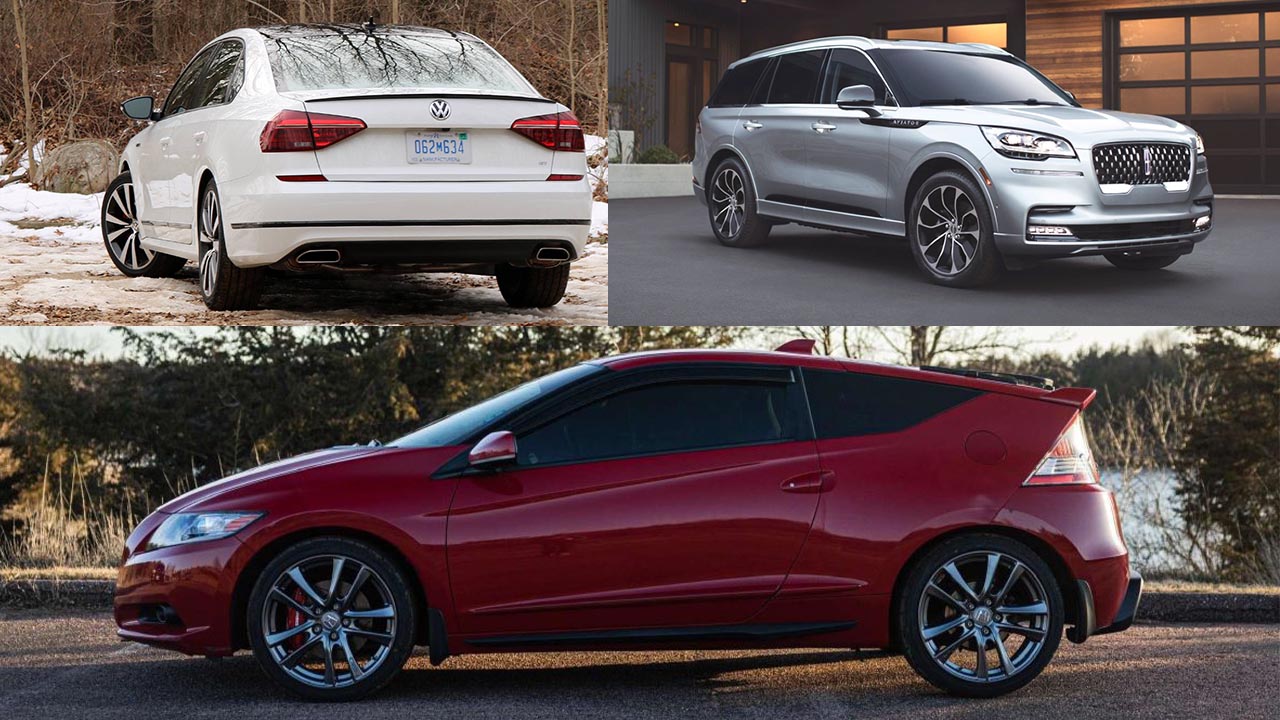Sleeper cars can take many different forms. From compact SUVs to certain pickup trucks, the sleeper category isn’t limited by body style.
If you’ve checked out our roundup of the best new sleeper cars to buy in 2024, you already know that some of the quickest and most performance-oriented vehicles often appear the most understated.
In this particular list, we’re focusing on modern used cars specifically, models that were introduced no earlier than 2015 and have since been discontinued.
This selection includes a mix of SUVs, full-size luxury sedans, and even a surprisingly sporty hybrid that might not be on your radar.
1. Chevrolet SS
415 Horsepower
The Chevrolet SS is a genuine wolf in sheep’s clothing. On the surface, it appears to be just another ordinary sedan, and some drivers might even mistake it for an Impala.
However, this vehicle is actually based on the Australian-market Holden Commodore, and under the hood, it boasts a powerful 6.2-liter LS3 V-8 engine that delivers 415 horsepower and 415 pound-feet of torque.

Thanks to its low-key appearance combined with serious performance, the Chevrolet SS may well be one of the ultimate modern sleeper cars.
The Chevrolet SS was a performance sedan produced by Chevrolet from 2014 to 2017. It was essentially a rebadged version of the Holden Commodore from Australia, bringing a rare combination of V8 power, rear-wheel drive, and understated styling to the U.S. market.
Under the hood, it featured a 6.2-liter LS3 V8 engine—shared with the C6 Corvette—producing 415 horsepower and 415 lb-ft of torque. Buyers could opt for either a six-speed automatic or a six-speed manual transmission, with the manual option making it even more of a purist’s choice.
Despite its full-size body and mature look, the SS delivered sports car-like performance thanks to magnetic ride control, a sport-tuned suspension, Brembo brakes, and a limited-slip differential.
The car was praised for its balance between comfort and capability, offering roomy interiors and high-end features like leather upholstery, a head-up display, and an advanced infotainment system.
What held it back was its sleeper design—too plain for most performance buyers—and its limited marketing, which kept it under the radar.
Still, in the years since its discontinuation, the Chevy SS has gained a cult following, appreciated for being one of the last true American V8 sedans without pretense.
2. Ford Fusion Sport
325 Horsepower
The Ford Fusion served as the brand’s mid-size sedan throughout the 2000s. Between the 2017 and 2019 model years, it transformed into a true sleeper, equipped with a turbocharged 2.7-liter V-6 engine that produced 325 horsepower and 380 pound-feet of torque.
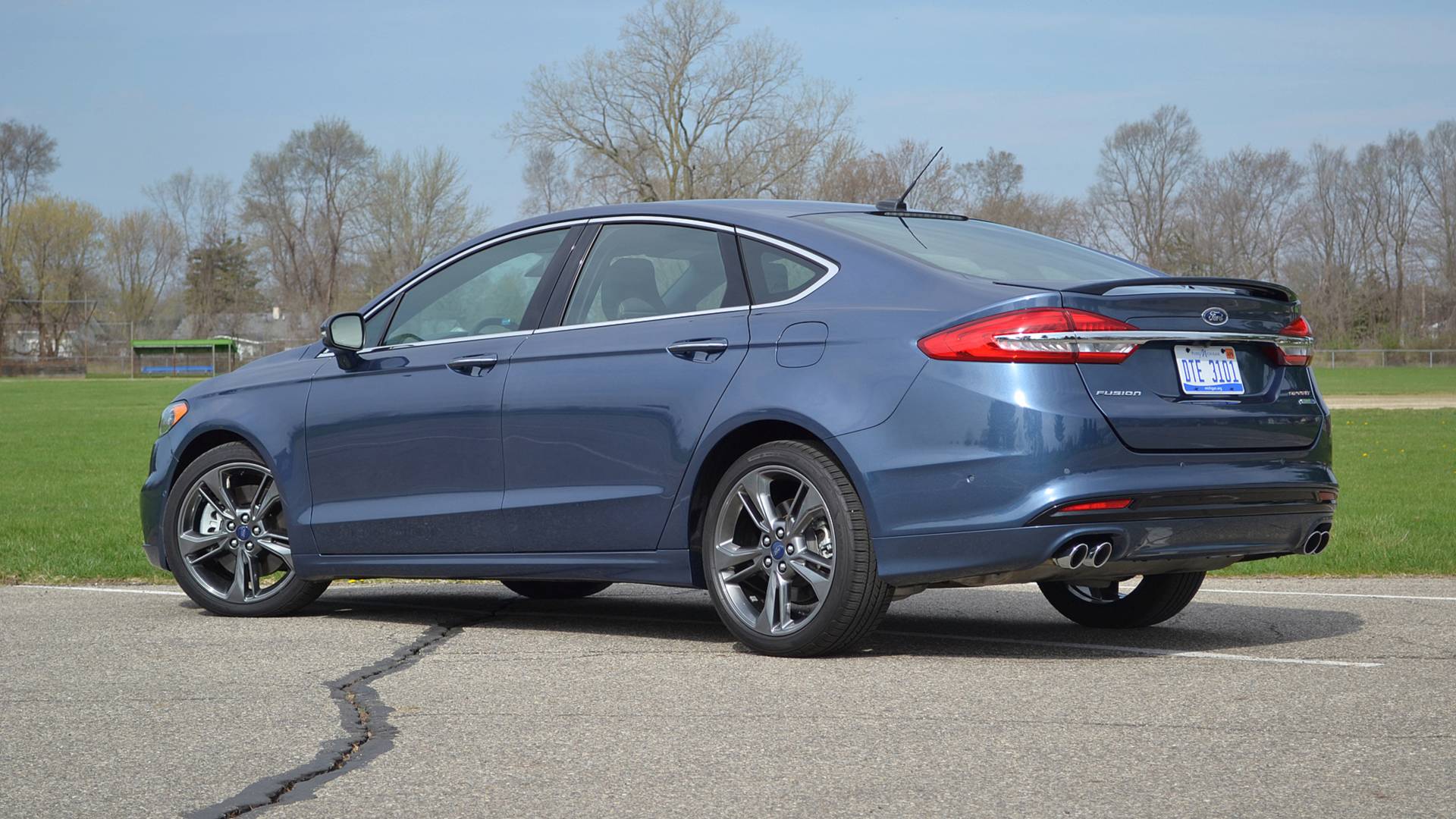
Ford didn’t emphasize these Sport models with bold design features like a large wing or an aggressively styled front end. Nowadays, they fade into everyday traffic, looking like just another older sedan despite hiding over 300 horsepower under the hood.
Also Read: Top 9 Luxury Cars That Will Surprisingly Last Forever
3. Ford Taurus SHO
365 Horsepower
The Ford Taurus SHO has always embodied the essence of a sleeper. Ford never gave it an especially aggressive appearance, instead focusing on fitting advanced engines beneath the hood.
Between 2010 and 2019, the Taurus SHO came equipped with a twin-turbocharged 3.5-liter V-6 engine that delivered 365 horsepower and 350 pound-feet of torque.
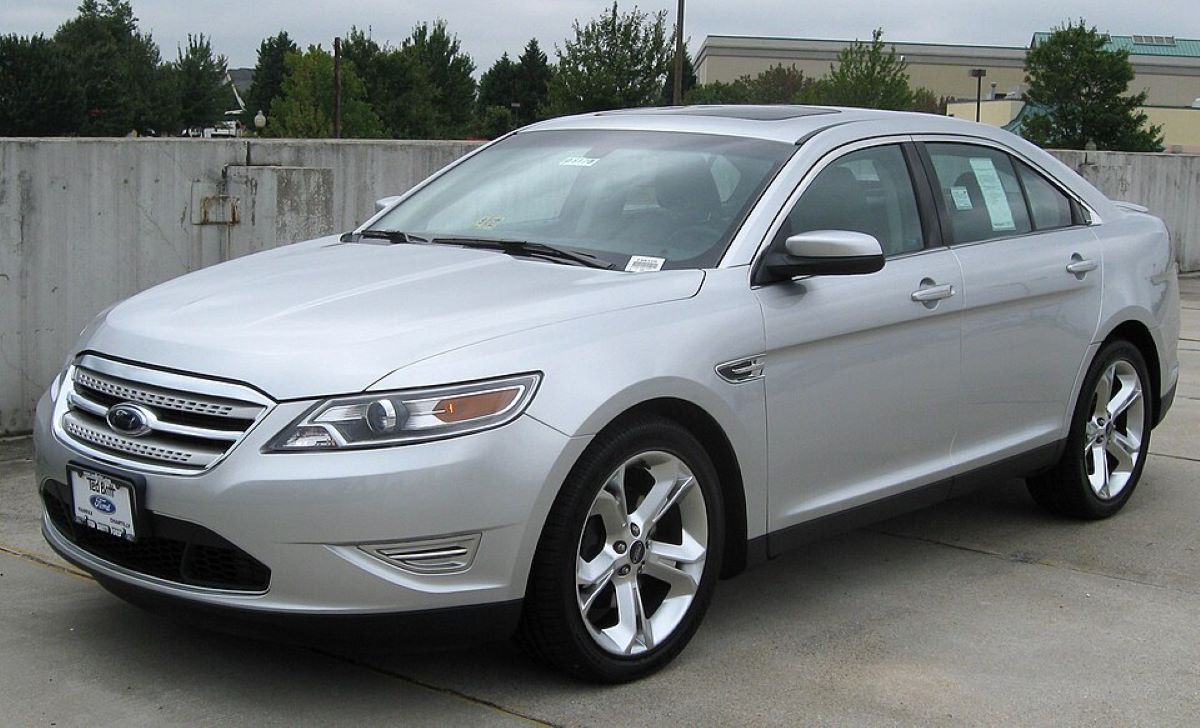
It was only available with a six-speed automatic transmission paired with torque-vectoring all-wheel drive.
Buyers could also opt for the Performance Package, which added upgraded brake pads, modified steering, a shorter final drive ratio, and additional enhancements.
The end result was a comfortable highway cruiser that packed serious performance potential.
4. Honda CR-Z (w/HPD Supercharger)
197 Horsepower
The Honda CR-Z featured a stylish design paired with an efficient hybrid powertrain.
While it was never a true hot hatch straight from the factory, things changed in its later years when Honda Performance Development (HPD) introduced a dealer-installed supercharger kit that transformed the character of the sleek little Honda.
With the upgrade, the power output jumped from the stock 130 horsepower to an impressive 197 horsepower.
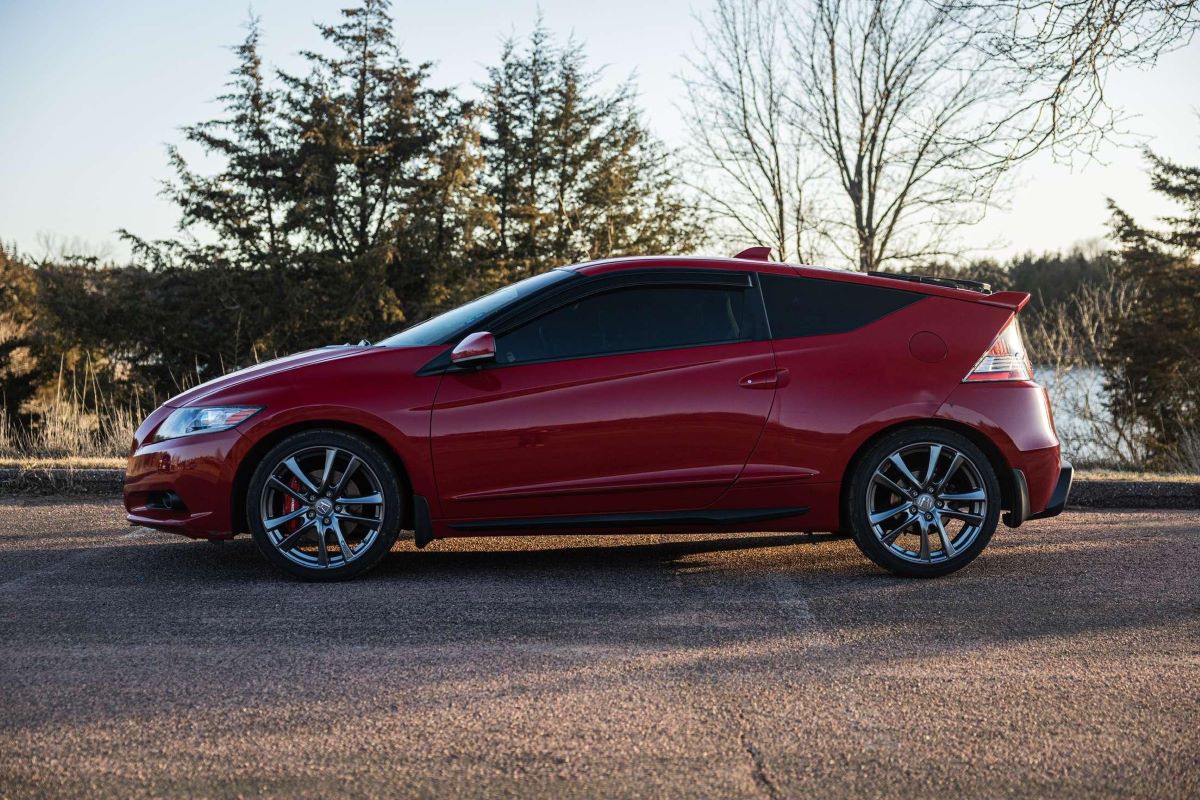
The package included an air-to-air intercooler, high-flow fuel injectors, and revised ECU tuning. HPD priced the kit at $5,495, not including dealer installation costs.
For those seeking even more performance, HPD also offered a limited-slip differential and an upgraded clutch. Equipped with all these enhancements, the CR-Z could become a surprisingly capable performer one that most people would likely overlook at first glance.
The Honda CR-Z was a unique experiment in the compact car world—a sporty hybrid coupe that aimed to blend performance with fuel efficiency.
Produced from 2010 to 2016, it stood out as one of the few hybrids that came with a manual transmission option, which immediately made it more appealing to driving enthusiasts who still cared about gas mileage.
Under the hood, the CR-Z featured a 1.5-liter four-cylinder engine paired with Honda’s Integrated Motor Assist (IMA) hybrid system, producing a combined output of around 130 horsepower. While that number isn’t jaw-dropping, the CR-Z’s lightweight build and nimble chassis made it more fun to drive than most hybrids of its time.
Styling was a strong point—the CR-Z had a futuristic, wedge-like design inspired by the classic Honda CR-X, and it definitely turned heads. The interior was also ahead of its time, with a high-tech digital dash and driver-centric layout. That said, it wasn’t without compromises.
It had limited rear cargo space, a cramped 2+2 seating setup in some markets (and just two seats in others), and never quite delivered the performance many expected from a car that looked the part.
Still, the CR-Z carved out a niche and remains an underrated gem—especially for those who appreciate the mix of eco-conscious tech and a manual gearbox.
In the used market, it’s one of the more interesting, affordable choices for someone who wants something quirky, efficient, and still a little fun to toss around.
5. Kia Stinger GT
368 Horsepower
To car enthusiasts, the Kia Stinger is far from a sleeper we recognize it as a formidable performance sedan. However, to the average person, it doesn’t appear especially sporty when seen idling in traffic.
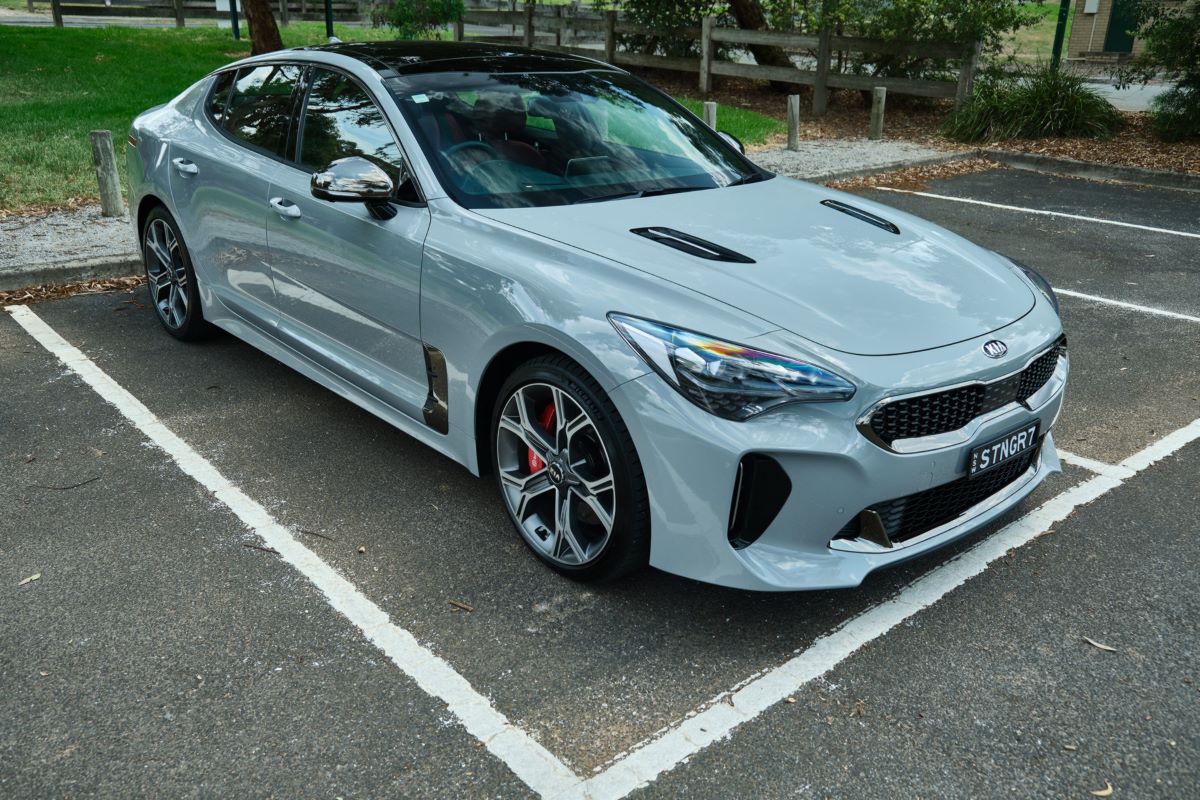
Its design is sleek and modern, but it doesn’t scream performance at a glance. The top-tier version is powered by a twin-turbocharged 3.3-liter V-6 that delivers up to 368 horsepower.
With that much power, the Stinger GT can sprint to 60 miles per hour in just 4.7 seconds, all while providing enough room and practicality for an entire family.
6. Lexus GS F
467 Horsepower
Much like Cadillac, Lexus has traditionally focused on delivering a smooth and comfortable driving experience rather than outright performance.
However, beginning with the 2016 model year, the GS F brought something new to the table. Under the hood, it housed a 5.0-liter V-8 engine that produced 467 horsepower and 389 pound-feet of torque.
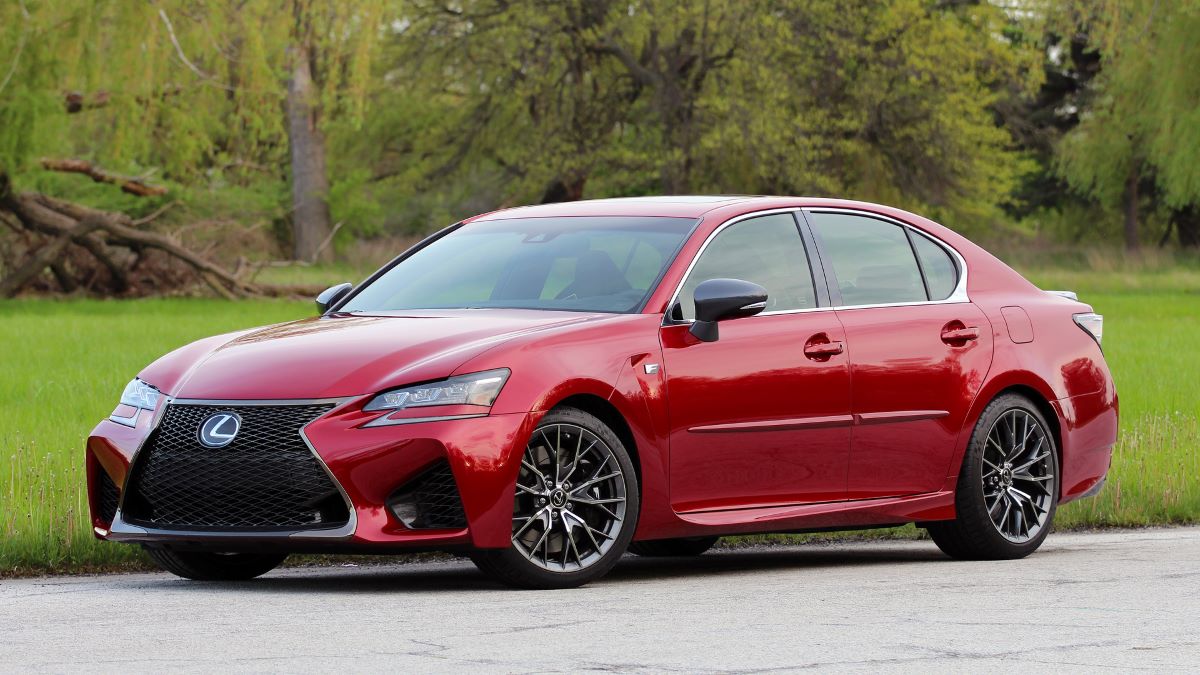
The interior featured a luxurious cabin adorned with premium leather throughout. From the outside, it doesn’t draw attention, and most people wouldn’t guess the kind of power it’s capable of delivering.
Today, it’s possible to find several well-maintained examples priced under $50,000.
Also Read: 12 Sleeper Cars That Can Outrun Modern Exotics
7. Lincoln Aviator Grand Touring
494 Horsepower
A key trait of a sleeper is that it shouldn’t look fast, and the Lincoln Aviator PHEV certainly doesn’t give off the impression of being a quick vehicle.
However, beneath its refined exterior lies a twin-turbocharged 3.0-liter V-6 paired with an electric motor, combining for a total output of 494 horsepower and a staggering 630 pound-feet of torque.
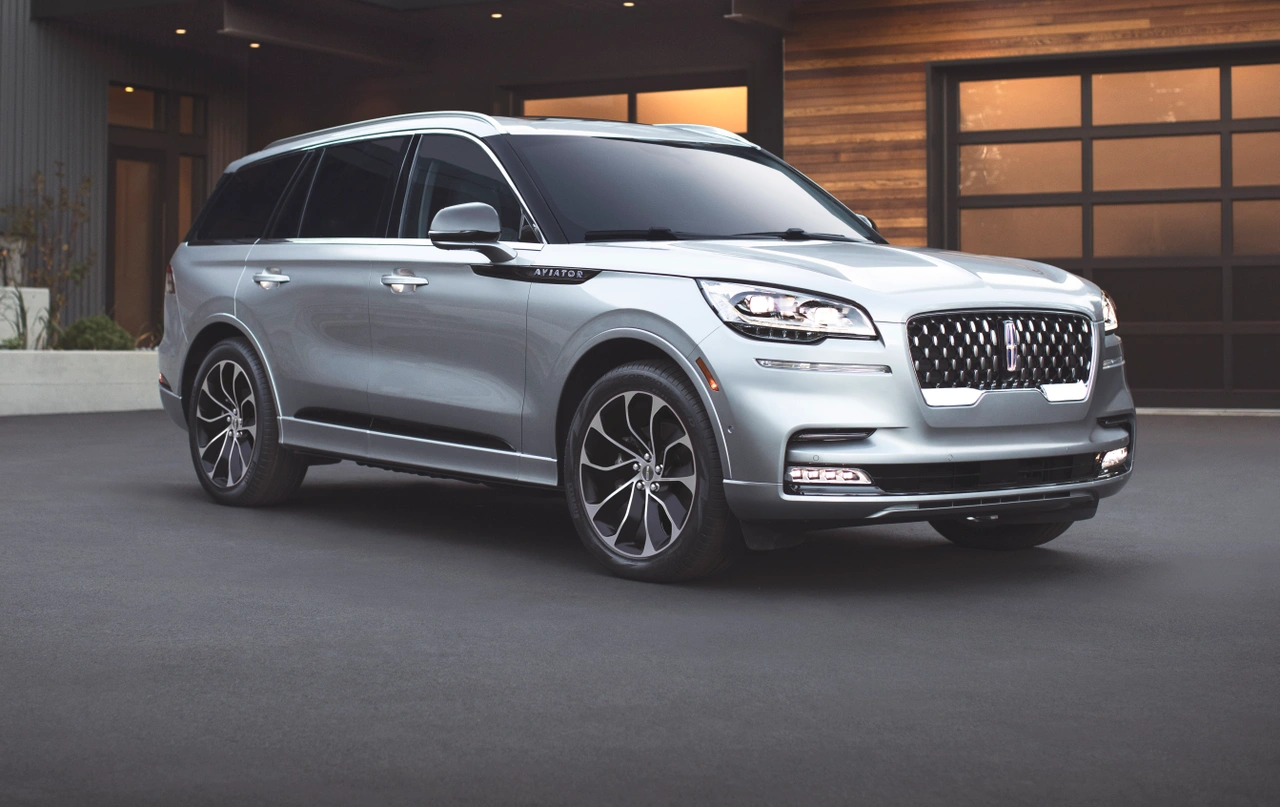
That’s a substantial amount of power for an SUV, and it’s also capable of towing up to 5,600 pounds. Performance testing reveals that it can accelerate to 60 miles per hour in approximately 5.0 seconds.
The Lincoln Aviator Grand Touring is the plug-in hybrid variant of Lincoln’s midsize luxury SUV, and it represents a serious attempt to blend power, luxury, and efficiency into one premium package.
Sitting between the full-size Navigator and the smaller Nautilus, the Aviator already has presence—but the Grand Touring version adds electrification without sacrificing performance.
It combines a twin-turbocharged 3.0-liter V6 engine with an electric motor and a 13.6-kWh battery pack, putting out a combined 494 horsepower and 630 lb-ft of torque.
That’s a beastly amount of torque for a three-row SUV, giving it serious straight-line performance, especially for something that also offers a decent all-electric range of about 21 miles.
Inside, the Aviator Grand Touring is pure Lincoln: quiet, comfortable, and filled with high-end materials and tech. Expect quilted leather seats, a 28-speaker Revel audio system, a digital gauge cluster, and a smooth infotainment setup.
The driving experience leans more toward relaxed luxury than sharp handling, but that’s by design—Lincoln isn’t trying to be BMW or Audi here; it’s carving out its own lane focused on serenity and smoothness.
The plug-in aspect is a big plus for buyers who want to do short daily drives on electric power alone but still have the range and muscle of a V6 for longer trips.
Downsides? It’s pricey, especially with options, and the electric range won’t blow anyone away. But if you’re looking for a luxury SUV with brute power, hybrid flexibility, and a standout design that doesn’t follow the German playbook, the Aviator Grand Touring is a solid, forward-thinking choice.
8. Lincoln MKZ
400 Horsepower
The Lincoln MKZ is a sedan that often flies under the radar, rarely coming to mind for most people. However, it was available with an unexpectedly powerful engine option.
Buyers could equip the four-door with a twin-turbocharged 3.0-liter V-6 that delivered up to 400 horsepower and 400 pound-feet of torque.
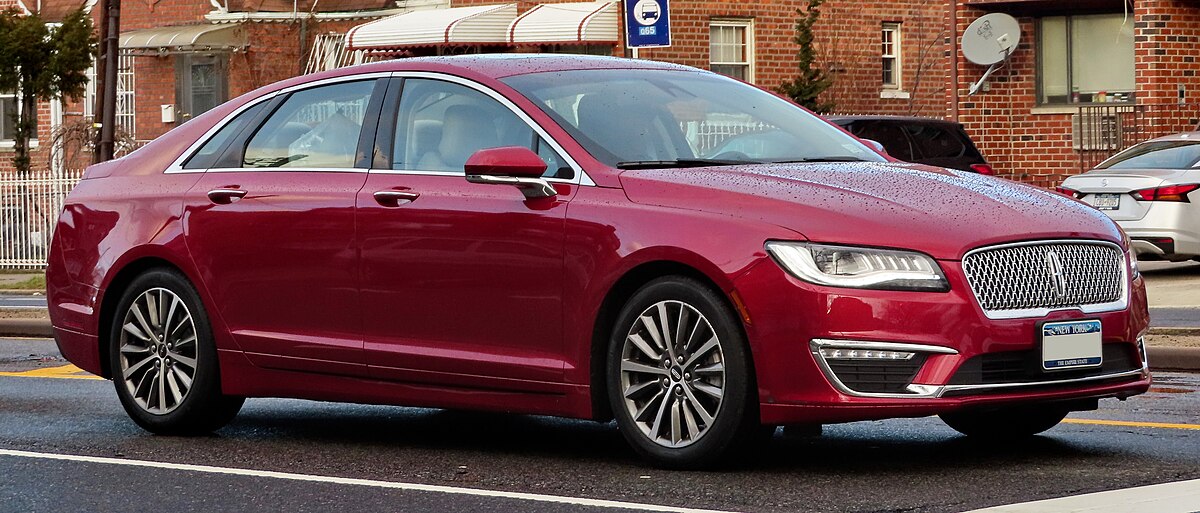
The exterior styling remains understated, lacking any overtly sporty cues, allowing drivers to blend seamlessly into traffic while quietly enjoying far more power than the majority of vehicles around them.
9. Volkswagen Passat GT
280 Horsepower
The Volkswagen Passat GT might not draw much attention on the road, but it hides a 3.6-liter V-6 engine under the hood that delivers 280 horsepower and 258 pound-feet of torque.
It features a modified exhaust system that’s noticeably louder than that of other Passat variants.
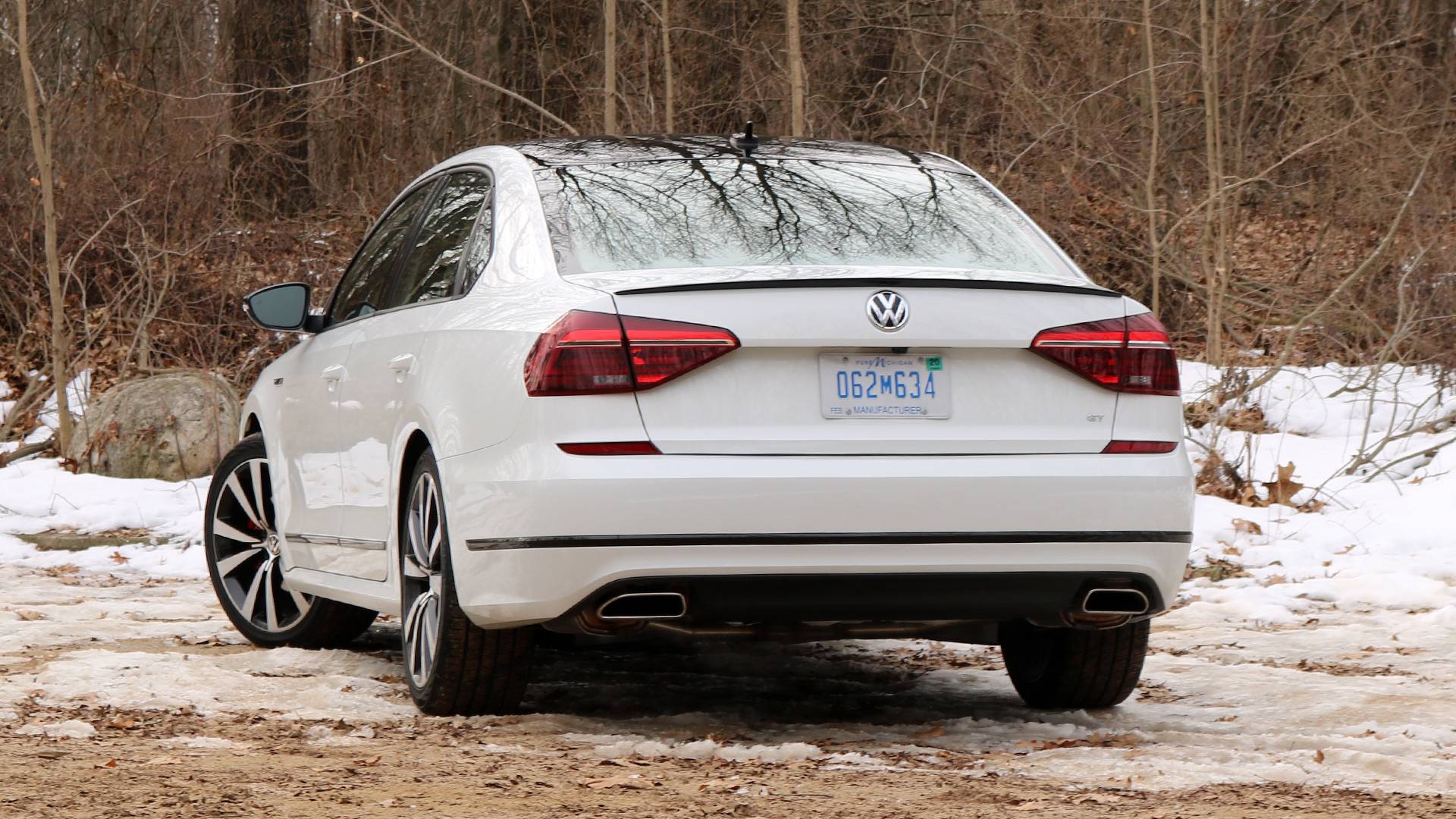
Additionally, the GT sits 0.6 inches lower than the standard model, and it comes equipped with stiffer springs and retuned dampers for a more engaging driving experience.
Exterior changes are minimal, limited to some black trim, a red grille stripe, and a few GT badges.
The Volkswagen Passat GT was a short-lived but interesting attempt by VW to inject some sportiness into its traditionally conservative midsize sedan lineup.
Sold only for the 2018 model year in the U.S., the Passat GT stood out because it ditched the typical four-cylinder engine found in most Passats for the company’s 3.6-liter VR6—a narrow-angle V6 engine making 280 horsepower and 258 lb-ft of torque.
That power was sent to the front wheels via a six-speed automatic transmission, giving the GT a bit more punch than people expected from a Passat.
VW didn’t stop at the engine. The GT got a lowered suspension, a sport-tuned exhaust, 19-inch Tornado wheels, red brake calipers, blacked-out trim, and a more aggressive front fascia.
Inside, it featured two-tone leatherette seats, carbon-fiber-style trim, and a few GT-specific touches, giving it a sportier vibe without going full performance car.
It sat somewhere between a commuter sedan and a sport sedan—not as raw as something like a Jetta GLI, but far more engaging than the standard Passat.
The Passat GT was really a niche car, appealing to buyers who wanted something a little different without going full premium. Unfortunately, it came and went quickly, likely because it didn’t quite fit into VW’s long-term U.S. strategy.
But for what it was—a VR6-powered, understated sleeper sedan—it remains a bit of a hidden gem. Enthusiasts who know what it is tend to appreciate it for being one of the last VW sedans in the U.S. to carry a naturally aspirated six-cylinder engine.
10. Volvo V60 Polestar
362 Horsepower
When most people see a Volvo wagon, they don’t expect it to pack 362 horsepower and 347 pound-feet of torque. Yet, that’s exactly what the V60 Polestar delivers.
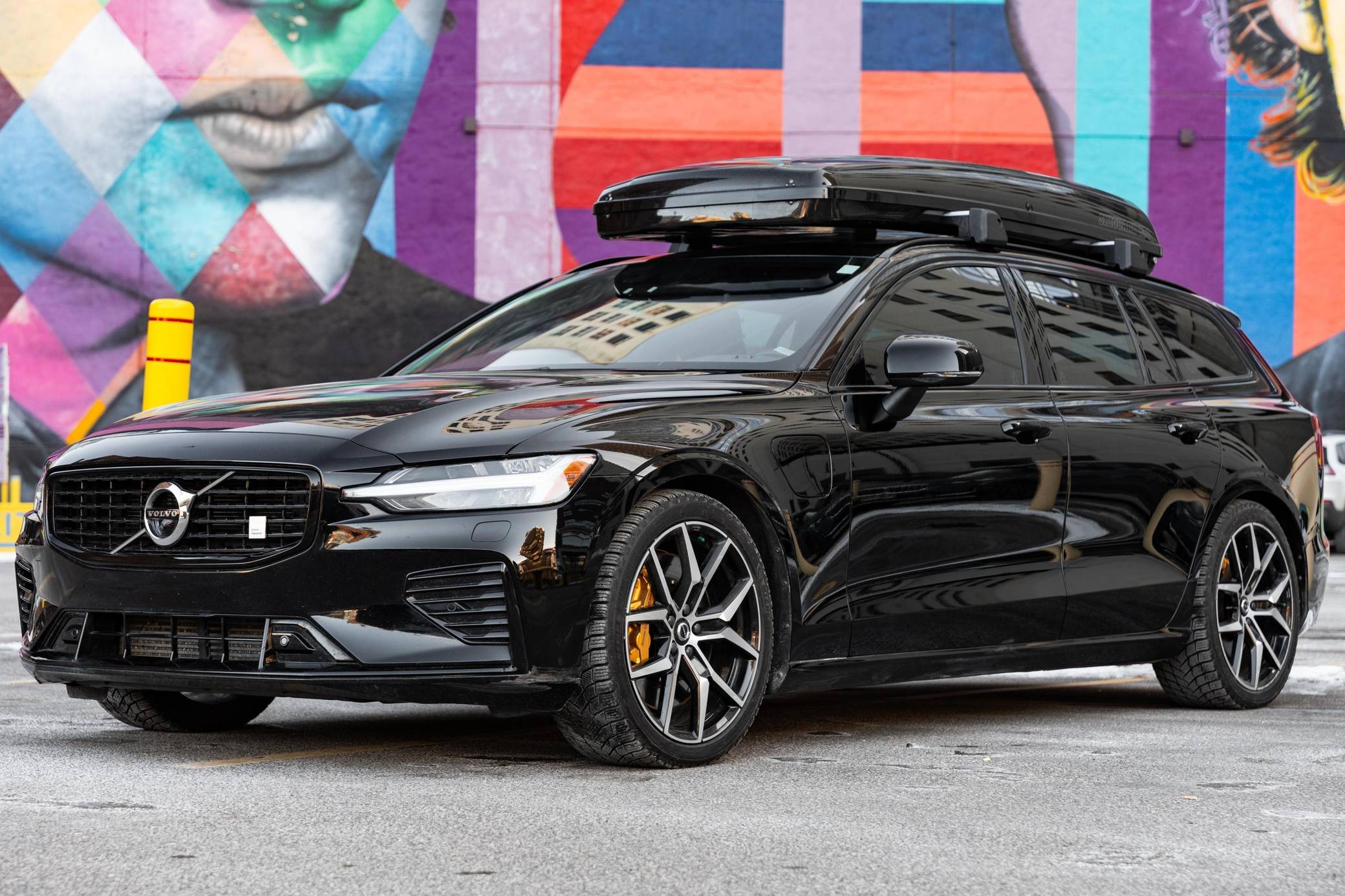
The vehicle is also equipped with an Öhlins-sourced suspension, enhancing its handling performance. Despite these upgrades, the body doesn’t look significantly more aggressive than other V60 models.
While the optional bright blue paint might catch some eyes, no one would suspect that nearly 400 horsepower lies beneath the driver’s foot.

